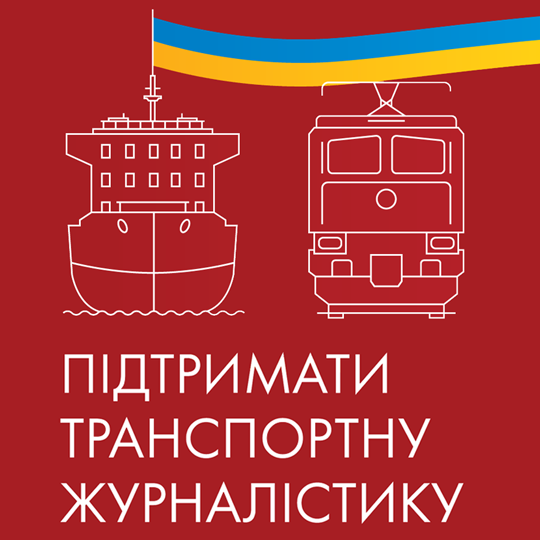The Russian transport and logistics companies Far East Land Bridge, RZhD Logistics, and TransContainer have launched a new container train from China to Europe. The route of the container train passes through the territories of Mongolia, Russia, Ukraine, and Slovakia, and the destination is Hungary, RZhD Logistics announced.
The first train on the new route departed from Changsha City (Hunan Province) on May 27 and arrived in Budapest on June 15. The total travel time was about 20 days, the CFTS reports.
The train’s travel time on Ukrainian territory was three days. Transshipment onto “European wagons” took place at the Dobra terminal in Slovakia, which is located near the Ukrainian border. This facility has been under the management of the Russian company TransContainer since 2009. The terminal is capable of processing up to 700 TEU per day.
The new train delivered 41 forty-foot containers containing clothes, electronics, and various equipment from China to Hungary.
The operator of the train was the Far East Land Bridge company (a subsidiary of RZhD Logistics) and the freight forwarder through Russia was RZhD Logistics. TransContainer provided the rolling stock, equipment, and cargo handling services at the terminal. The ZSSK Cargo freight carrier (Slovakia) was a partner in the project.
"We believe that this service will primarily interest customers that need cargo deliveries to countries in Central and Southern Europe. The successful experience of transportation along this route allowed reduction of the transit time by several days, and customs clearance and reloading onto European tracks took place in the shortest possible time thanks to the existence of our own facilities in Dobra," TransContainer’s Director of Sales and Business Development Alexander Podylov said.
A container train was launched from China to Britain at the beginning of the year. The train covered the distance of 12,000 kilometers between Yiwu and London in 17 days.
A new cargo railway hub opened in Budapest in June. The terminal has six 650-meter tracks and two 500-meter tracks at a site for empty containers. The terminal can handle up to 250 trains a month. In addition to the railway, the terminal is connected to the Hungarian road network. It may also be connected to the network of inland waterways and handle vessels operating on River Danube in the future.


